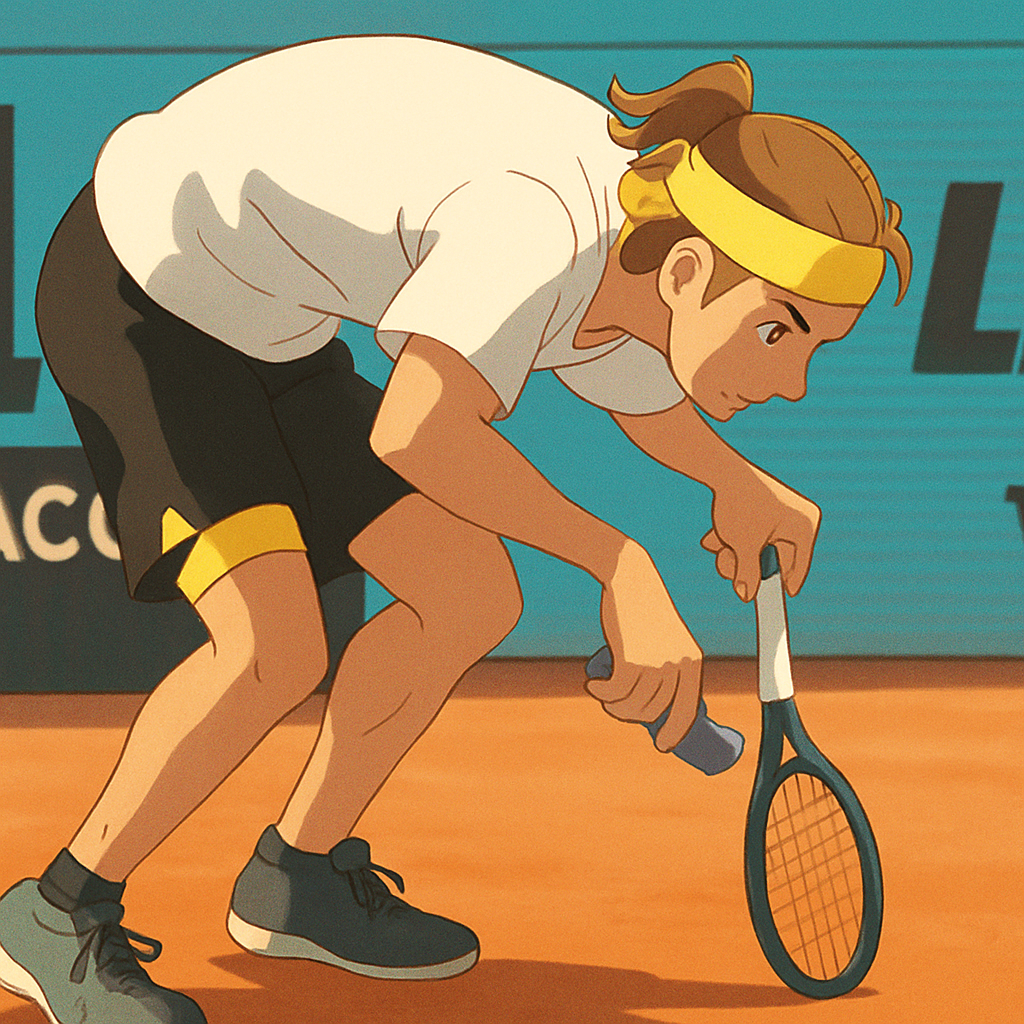MADRID — Top seed Alexander Zverev found himself in hot water at the Madrid Open after he was issued a warning for unsportsmanlike conduct. The incident occurred during his second-round match against Borna Ćorić when Zverev took out his phone to photograph a disputed ball mark, a move that drew immediate scrutiny from officials.
The German, who won the Madrid Open in 2018 and 2021, was contesting a line call in the third set when he snapped a picture of the mark on the clay court. Chair umpire Carlos Bernardes swiftly intervened, issuing a code violation for "unsportsmanlike behavior." The ATP rulebook prohibits players from using electronic devices during matches unless authorized, and Zverev’s decision to photograph the mark—without permission—crossed that line.
The Controversial Moment
The dispute arose in the third set with Zverev leading 4-3. A forehand from Ćorić was called out, but the Croatian challenged the decision. After inspecting the mark, Bernardes upheld the call, ruling the ball had indeed landed wide. Zverev, unconvinced, pulled out his phone to document the mark, prompting Bernardes to issue the warning. "You cannot take pictures—that’s a code violation," the umpire stated firmly.
Zverev argued that he was merely trying to prove his point, saying, "I just wanted to show everyone that the mark was clearly out. If I can’t take a picture, how am I supposed to prove it?" However, tournament supervisor Roland Herfel backed Bernardes’ decision, clarifying that players are not permitted to use electronic devices to dispute calls.
ATP Rules on Electronic Devices
The ATP’s regulations strictly forbid players from using phones or other electronic devices during matches unless given explicit permission. The rule, designed to maintain fairness and prevent delays, states: "Players shall not use any electronic devices (including mobile phones) during a match unless authorized by the chair umpire." Zverev’s actions, while seemingly harmless, violated this policy.
This isn’t the first time technology has caused controversy in tennis. In recent years, several players have pushed for expanded use of electronic line-calling, especially on clay courts where marks are visible. However, tournaments like Madrid still rely on human judgment for close calls, leading to occasional disputes.
Player Reactions
The incident sparked mixed reactions from fellow players. Some, like Andy Murray, have previously advocated for more transparency in line-calling. Others, however, believe Zverev overstepped. Former world No. 1 Mats Wilander commented, "While players want accuracy, there’s a protocol. You can’t just pull out your phone—that’s not how the sport works."
Ćorić, Zverev’s opponent, downplayed the incident after the match, saying, "It was a bit unusual, but I wasn’t too bothered. The umpire handled it, and we moved on." Zverev ultimately won the match 6-3, 3-6, 6-4, but the warning could have implications if he accumulates further violations.
Potential Consequences
Under ATP rules, repeated code violations can lead to escalating penalties:
- First offense: Warning
- Second offense: Point penalty
- Third offense: Game penalty
Zverev’s warning puts him at risk of stricter penalties if similar incidents occur in future matches.
The incident also raises questions about whether tournaments should modernize their review systems. While Hawk-Eye is used on hard and grass courts, clay events still rely on umpires inspecting marks. Some argue that allowing players to photograph marks—under supervision—could reduce disputes.
Conclusion
Zverev’s photo dispute highlights the ongoing tension between tradition and technology in tennis. While players seek accuracy, the sport’s rules prioritize consistency and decorum. As Madrid Open organizers review the incident, the debate over electronic line-calling on clay is sure to continue. For now, Zverev will need to tread carefully to avoid further penalties in the tournament.
The German, currently ranked No. 4, remains a favorite in Madrid. However, his clash with officials serves as a reminder that even top players must adhere to the sport’s regulations—whether they agree with them or not.

